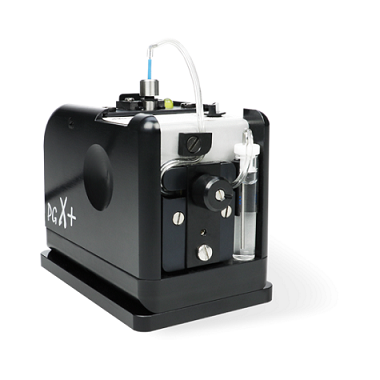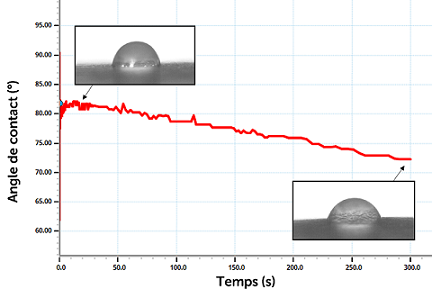Contact Angle is the most widespread method for quantifying the wetting properties of a solid and characterizing other surface features. The contact angle is defined as the angle formed by a liquid droplet at the point where the three phases (solid, liquid, and gas) converge, also known as the three-phase boundary point. At this boundary, there is an equilibrium between the forces exerted on it by the solid, liquid, and gas or sometimes by the solid, liquid, and liquid. Generally, a measured contact angle below 90° indicates high wetting properties, while a contact angle above 90° indicates low wetting properties.
Surface tension can be understood in two ways: as a tension force acting along all directions of the surface per unit length, or as the energy needed to increase the surface area. In both interpretations, the surface aims to minimize its surface area or potential energy. Consequently, a surface with no (or negligible) external forces will take the form of a sphere, which has the smallest surface area to volume ratio.










